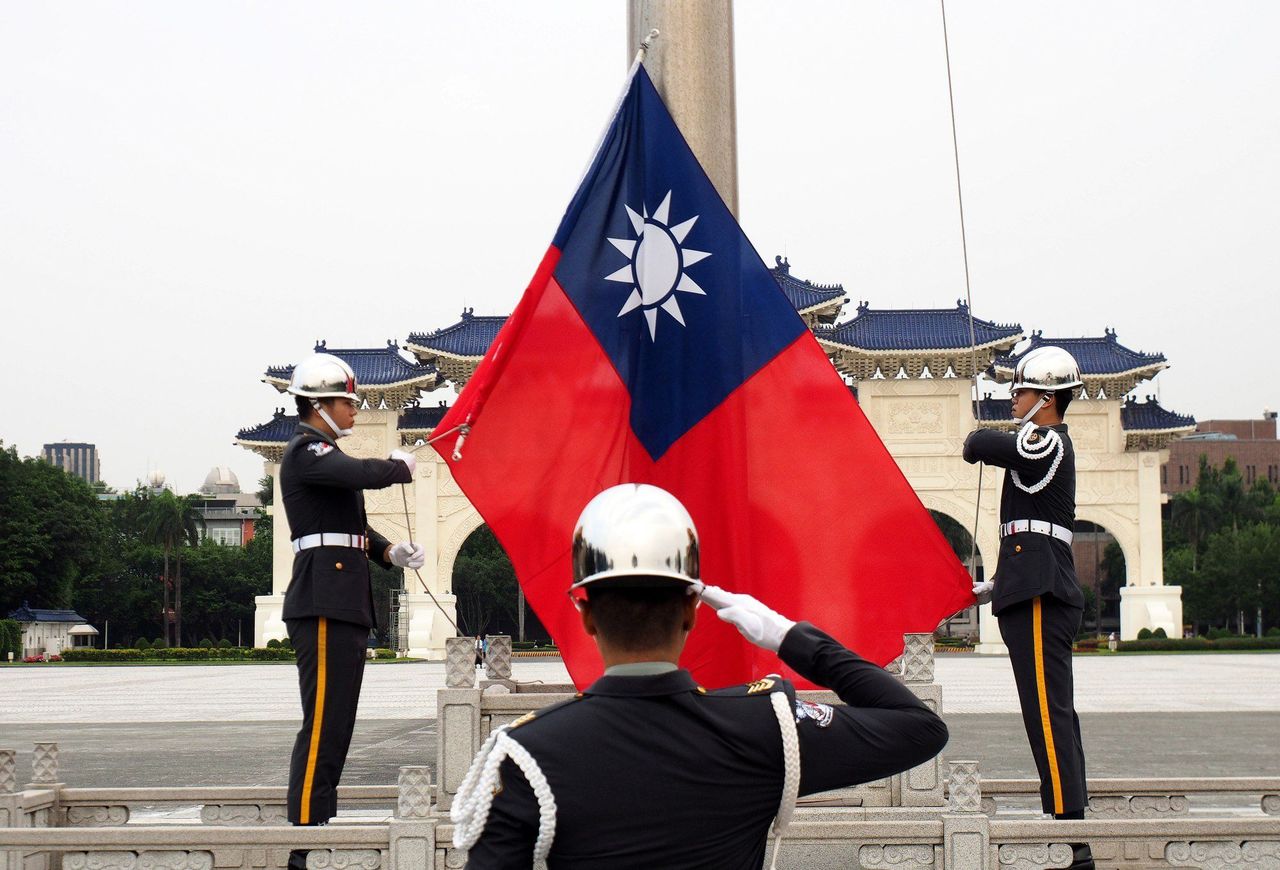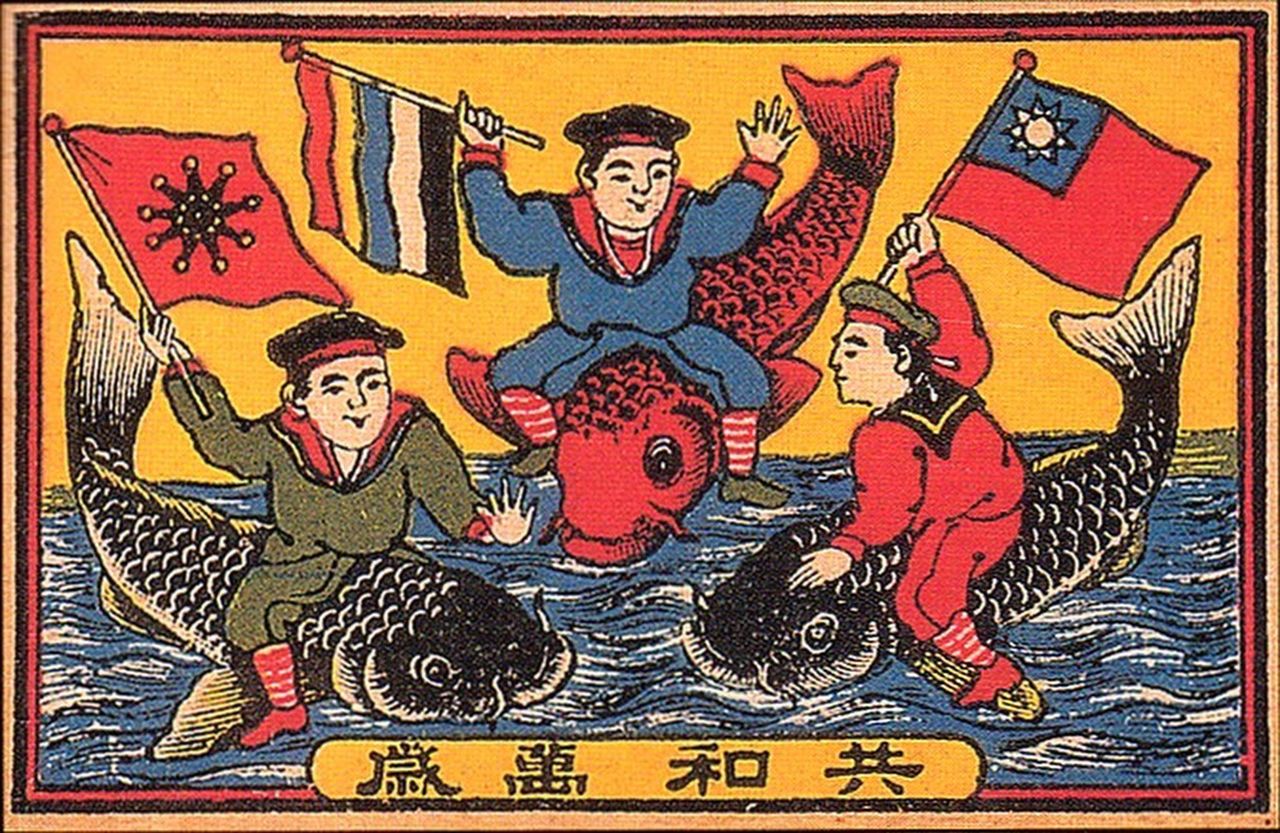Hong Kong News

Why Taiwan fans are celebrating Tom Cruise’s return as Top Gun star
Hollywood superstar Tom Cruise is back in his iconic bomber jacket as a US Navy pilot, stealing hearts with action blockbuster Top Gun: Maverick. But audiences in Taiwan have also been cheering the return of another movie symbol: the Taiwanese flag patch on the back of his jacket.
A pre-screening last month for the sequel to Cruise’s classic 1986 action flick Top Gun had Taipei movie-goers erupting in cheers and applause when they found the patch with the Taiwanese “Blue Sky” flag was back, after an earlier trailer showed it had been removed, possibly with an eye on the vast mainland Chinese market.
The 1986 original had Cruise’s character, Captain Pete “Maverick” Mitchell, wearing the now iconic jacket with patches featuring flags from Taiwan, Japan and the United States, along with a United Nations symbol.
In a 2019 trailer for the recent mega-hit, Captain Mitchell was still wearing the same jacket- but the flags were gone – replaced by indeterminate ones in the same colour scheme. This sparked criticism that it was a Hollywood attempt to please censors in Beijing, which considers Taiwan to be part of its territory and Taiwanese symbols an affront to its authority.
Hong Kong-based film critic and lifestyle editor Ho Siu-bun called the move to retain the original patches “unprecedented”.
“Major film studios have never been shy about pandering to the Chinese market,” he told VICE World News. “No one knows why they changed it back.”
Ban on Taiwan’s ‘ROC’ flag
The Taiwanese flag is a political eyesore for Beijing, which claims sovereignty over the self-ruled island and warns other countries and international companies against displaying it publicly, or face retaliation and market boycotts.
To avoid angering Beijing, most UN members have strictly observed the censorship it requires, ever since the “Republic of China” – Taiwan’s official name for itself – was ousted in October 1971 in favour of the People’s Republic of China.
Almost all countries censor the Taiwanese flag or its symbols, except for eSwatini in South Africa, the Vatican in Europe, and 12 other nations in Latin America and Oceania that still maintain formal ties with the island.
Taiwan has had to use non-national flags and titles to take part in international events, if it is invited in the first place. This is despite Taiwan being an official member of such UN or international bodies as the World Trade Organization, the Asia-Pacific Economic Cooperation Forum and the Asian Development Bank.
Origin of the Taiwan flag
The modern ROC flag – also known as the “Blue Sky” and the “White Sun over the Crimson Earth” – was designed by revolutionary leader Dr Sun Yat-sen, who overthrew the Manchu-led Qing dynasty to set up the Chinese Republic in 1912.
The flag shows a red field with a blue canton – or upper corner on the hoist side – bearing a white disk surrounded by 12 triangles, representing the sun and its rays, with the 12 rays themselves symbolising the months of the year. The white, blue and red colours represent democracy, nationalism and people’s livelihood – values advocated by Sun in his Three Principles of the People.
 Flag-hoisting in front of the Chiang Kai-shek memorial hall in Taipei.
Flag-hoisting in front of the Chiang Kai-shek memorial hall in Taipei.
The flag was originally designed in 1895 by Lu Hao-tung – a martyr of the 1911 Xinhai Revolution – for those who joined Sun in the uprising against the Machu government in the 1900s. But that flag only had the blue sky and white sun, while the crimson earth was added by Sun in 1906 to symbolise the blood of martyred revolutionaries. Sun retained this as the party flag when he established the Nationalist party, or the Kuomintang (KMT), in 1912.
However, when the ROC government was established in Nanjing in January 1912, Sun’s flag was voted down by the provisional Senate, which chose the “Five-Coloured Flag” of another Xinhai revolutionary army instead.
Five-Coloured Flag
Yuan Shi-kai, a military leader of the late Qing government who was made the first president of the republic, insisted that this flag, bearing horizontal stripes in red, yellow, blue, white, and black, truly represented the five ethnic Chinese groups – the Han, Manchus, Mongols, Hui and the Tibetans – as a harmonious race. So he declared this the national flag despite opposition from Sun.
Sun, who gave his provisional ROC presidential post to Yuan in exchange for his support for the republic, said the flag was inappropriate because the horizontal order implied a hierarchy or class as seen during imperial times.
 The flags of the Republic of China, with a slogan underneath saying “Long live the republic”.
The flags of the Republic of China, with a slogan underneath saying “Long live the republic”.
After Yuan assumed dictatorial powers in 1913 by dissolving the National Assembly and outlawing the KMT, Sun fled to Tokyo where he set up a government in exile. He used the modern ROC flag as the national flag and continued to use it after the KMT established a rival government in Guangzhou in 1917.
In 1921, four years before he died of cancer, Sun formally declared the abolition of the use of the Five-Coloured Flag.
In December 1928, Sun’s protégé and successor Chiang Kai-shek led the KMT to defeat the central government dominated by warlords and the “Blue Sky” has remained the official national flag of the ROC since then.
ROC flag and Chinese Communists
The Chinese Communist Party acknowledged the use of the ROC flag when the two rivals agreed in 1937 to join hands in fighting the invading Japanese.
This flag continued to be used by the two sides during the eight-year war with Japan and even in the early days of the People’s Republic after the Communists defeated the KMT in their civil war in 1949, forcing its leaders to flee to Taiwan where they formed an interim government.
It was not until the Communist Party took full control of mainland China in late 1949 that it ordered an end to the use of the “Blue Sky” flag.
ROC flag in Taiwan
Despite being used by Taiwan for more than seven decades, this flag does not enjoy universal support on the island. From time to time, the pro-independence camp questions the flag’s representativeness, due to its association with mainland China.
Such criticism has become stronger since the independence-leaning Democratic Progressive Party (DPP) defeated the KMT to form the government in 2016.
“While this flag is not recognised in most parts of the world, it is in no way truly representative of Taiwan as it came from [mainland] China and resembles the party flag of the KMT,” said Wu Shuh-min, chief coordinator of the Taiwan National Alliance, a pro-independence group whose goal is to build a Taiwan nation.
Such denunciation however, creates a conundrum for the DPP, and neither former DPP president Chen Shui-bian nor incumbent Tsai Ing-wen could do anything to change the flag, observers note. Two-term president Chen formed Taiwan’s first DPP government in 2000, ending half a century of KMT rule, while Tsai was first elected in 2016, and re-elected in 2020.
“The flag issue has put the DPP government in an awkward position,” said Wang Kung-yi, director of Taiwan International Strategic Study Society, a Taipei-based think tank.
“On the one hand, it has to stick to the ROC on concern that if it changes the ROC title and uses either a DPP or a new flag, it would draw a military attack from Beijing,” Wang said.
“On the other hand, it has difficulty convincing its pro-independence supporters that there is no way for it to make any changes, given that the DPP adopts a pro-independence platform.”











